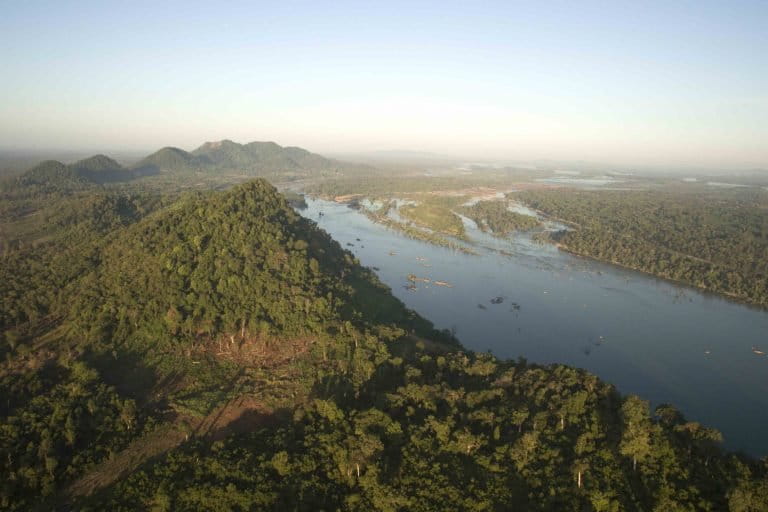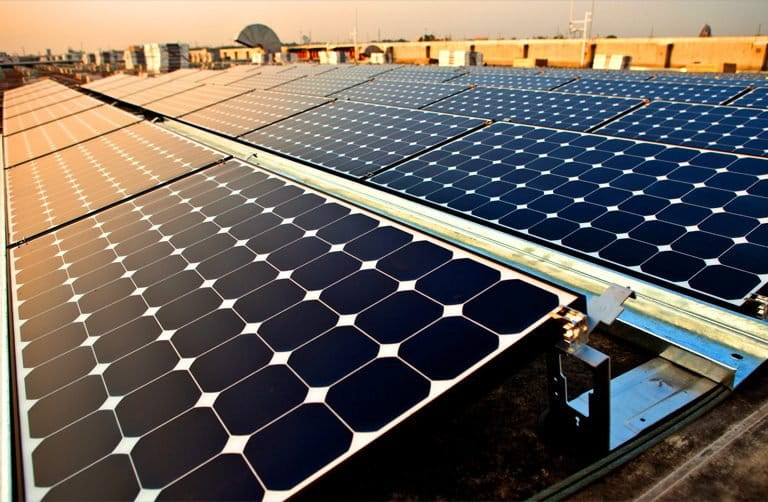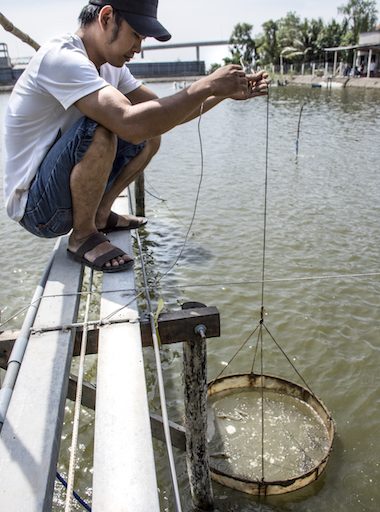- Vietnam is among the most vulnerable nations to climate change impacts according to a recent International Panel on Climate Change report.
- The country’s diverse geography means it is hit by typhoons, landslides, flooding and droughts, weather events expected to worsen in coming years.
- Research has found that Vietnam is also home to abundant renewable energy potential, which could help alleviate some of these threats.
HO CHI MINH CITY – Earlier this month the Intergovernmental Panel on Climate Change (IPCC) released a new report on the potential impacts of a 1.5C rise in global temperatures above pre-industrial averages. The report found that massive, destabilizing climate events could start impacting global society as soon as 2040, within the lifetime of most people alive today.
Within the report, which was presented to the Vietnamese government in Hanoi on October 10, Vietnam was named among nine countries where at least 50 million people will be exposed to impacts of rising sea levels and more powerful storms, among other dangers.
“The most pressing threats facing Vietnam over the next couple of decades is that Vietnam is among the top countries vulnerable to climate change,” said Dao Xuan Lai, head of the Climate Change and Environment Unit at the United Nations Development Programme’s Vietnam office, in an interview. “There will continue to be extreme weather events as present, but coming faster than anticipated, more intense, more frequent and more difficult to predict.”
Vietnam’s geography leaves it vulnerable to a number of calamities. Most of its 1,800 mile-long coastline faces the East Sea, which numerous tropical storms and typhoons traverse every year. The mountainous far north is prone to landslides and flash flooding, while the flat Mekong Delta in the deep south is among the most vulnerable regions in the world to rising sea levels.

Lai believes this reality presents huge climate change-related challenges for Vietnam.
“In 2017, the final storm of the typhoon season came in late November, which is normally already the dry season in the past,” he said. “So it came with very strong winds and also heavy rain and caused a lot of landslides and flooding in different areas. Since it came during a different season, people were not prepared, and the losses were big.”
The Mekong Delta’s vulnerability is an especially significant problem due to its economic vitality. According to the UNDP, the fertile region produces roughly 70 percent of Vietnam’s agricultural products, including around 55 percent of rice and 70 percent of all aquaculture. Most of these products are exported, and in 2017 agricultural exports earned Vietnam $37 billion, nearly 17 percent of its total GDP.
“So agricultural development in Vietnam not only helps Vietnam’s food security, but also contributes to global food security as well,” Lai explained. “With climate change and sea level rise, the projection is that if sea levels increase by up to 3.3 feet, 40 percent of the Mekong Delta will be inundated, so we would lose 40 percent or even more of agriculture and aquaculture production.”
A severe drought which struck the region in 2016 offered a potential preview of what is to come if climate change continues unabated. Without fresh rain water, the sea worked its way up the many rivers and canals which crisscross the delta.
“In some rivers the saltwater intrusion reached up to 56 miles from the sea,” Lai said. “In Ben Tre Province, basically the entire province was without access to [fresh] water. So people didn’t have water for their daily lives or their livestock, and all economic activities were affected. A lot of things were impacted and people were forced to move.”
Meanwhile, the northern mountains present growing dangers to the people living there. “In at least 15 northern provinces near the border with China, heavy rain often causes landslides, and these landslides are almost impossible to predict,” Lai explained. “It’s a combination of so many factors, including deforestation and agricultural practices, but now heavy rain can come anytime and be very heavy and very concentrated. We cannot predict which slope or mountain will turn into a landslide.”
Therefore, the UNDP specialist argues, people need to be better aware of the dangers present in their specific location, and ultimately make the decision of whether staying in place is worth it as the climate changes.
“They have to decide whether they continue to stay in a certain area that a number of generations have already stayed in,” Lai shared. “Now, the context has completely changed.”
Melissa Merryweather, director of Green Consult-Asia and chair of the Vietnam Green Building Council, believes Vietnam’s major cities present the greatest risk if the IPCC’s findings come to fruition. “The Mekong Delta is kind of unique, it’s one of the few places in the world where you have a regular flooding season, and people have been living for centuries in that area and adapting on a seasonal basis,” she explained.
She goes on: “But when you’ve got the urban settings, that changes drastically because these gentle rural adaptations just don’t transfer.”

Ho Chi Minh City, Vietnam’s largest urban area and economic engine, is of particular concern, as explosive growth has led planners to develop swampy areas to the south and east that previously acted as floodplains.
“Recently, because the city is expanding and because that land is cheap, billions and billions of dollars in investment is pouring into these areas,” Merryweather said. “This is where it becomes a game-changer.”
The Saigon River, a broad, shallow waterway that flows through the city, is already causing high-tide flooding in several districts, leaving roads and businesses swamped even without any rain. This issue is expected to be exacerbated by sea level rise.
“So you combine all of this, the fact that you’ve got billions of dollars in investment in low-lying areas, and flooding reserves being built on, so you’re going to lose that function they’ve always had in the flood cycle, and then with sea level rise it’s a recipe for disaster,” Merryweather stated.
While much of the information regarding climate change in Vietnam is dire, there is reason for hope. Lai explained that UNDP studies have found that the country retains massive potential for renewable energy, the development of which could help offset damage caused by greenhouse emissions.
“We found that Vietnam has available up to 85,000 megawatts of solar, and 21,000 megawatts of wind,” he shares. “If we combine these two figures and if Vietnam can develop all of them before 2050, for example, and we compare it with the figure of total electricity to be installed in Vietnam by 2030, which is 130,000 megawatts, it’s actually very close.”

This will take immense investment from both the public and private sectors, but the energy is there for the taking.
Lai’s message for individuals, meanwhile, is to get educated.
“People need to be more aware and enrich their knowledge about the change in climate,” Lai said. “It’s coming faster and becoming more difficult to predict, so we need to prepare…and express that knowledge so that we can protect ourselves, our relatives and the people.”
